
Stephen, often referred to as Stephen of Blois, was King of England from 22 December 1135 to his death in 1154. He was Count of Boulogne jure uxoris from 1125 until 1147 and Duke of Normandy from 1135 until 1144. His reign was marked by the Anarchy, a civil war with his cousin and rival, the Empress Matilda, whose son, Henry II, succeeded Stephen as the first of the Angevin kings of England.

The Anarchy was a civil war in England and Normandy between 1138 and 1153, which resulted in a widespread breakdown in law and order. The conflict was a war of succession precipitated by the accidental death of William Adelin who had drowned in the White Ship disaster of 1120. Henry sought to be succeeded by his daughter, known as Empress Matilda, but was only partially successful in convincing the nobility to support her. On Henry's death in 1135, his nephew Stephen of Blois seized the throne, with the help of Stephen's brother Henry of Blois, who was the bishop of Winchester. Stephen's early reign saw fierce fighting with disloyal English barons, rebellious Welsh leaders, and Scottish invaders. Following a major rebellion in the south-west of England, Matilda invaded in 1139 with the help of her half-brother Robert of Gloucester.

The White Ship was a vessel transporting many nobles, including the heir to the English throne, that sank in the English Channel near the Normandy coast off Barfleur during a trip from France to England on 25 November 1120. Only one of approximately 300 people aboard, a butcher from Rouen, survived.

Robert FitzRoy, 1st Earl of Gloucester was an illegitimate son of King Henry I of England. He was the half-brother of the Empress Matilda, and her chief military supporter during the civil war known as the Anarchy, in which she vied with Stephen of Blois for the throne of England.
King Stephen of England was a grandson of William the Conqueror, and has been depicted in various cultural works. He was King of England from 1135 to his death, and also the Count of Boulogne jure uxoris. His reign was marked by a civil war with his cousin and rival the Empress Matilda, in a period called the Anarchy which has been dramatized by Beth Flintoff in her play Matilda the Empress, first performed in November 2017 at St James's Church, Reading. Stephen was succeeded by Matilda's son, Henry II, the first of the Angevin kings.
Henry II ruled as King of England from 1154 to 1189 and at various times he also partially controlled Scotland, Wales, Ireland and the Duchy of Brittany. He has been depicted in various cultural media.

One Corpse Too Many is a medieval mystery novel set in the summer of 1138 by Ellis Peters. It is the second novel in the Cadfael Chronicles, first published in 1979.
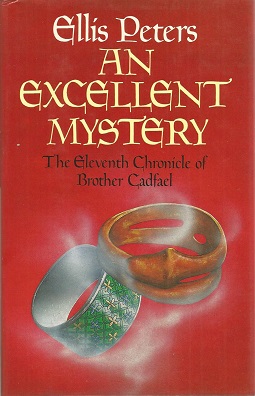
An Excellent Mystery is a mystery novel by Ellis Peters, the third of four set in the year 1141, when so much occurred in the period known as the Anarchy. It is the 11th in the Cadfael Chronicles, published in 1985.
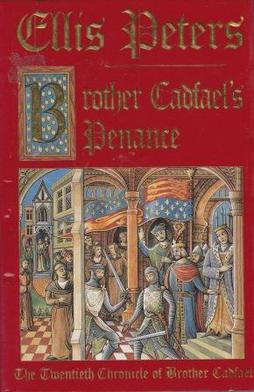
Brother Cadfael's Penance is a medieval mystery novel set in the autumn of 1145 by Ellis Peters. It is the last novel in the Cadfael Chronicles, first published in 1994.
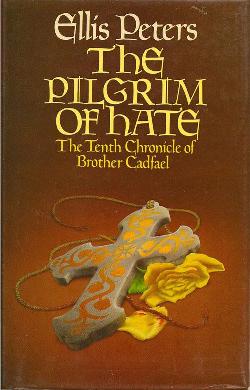
The Pilgrim of Hate is a medieval mystery novel by Ellis Peters, set in spring 1141. It is the tenth in the Cadfael Chronicles, and was first published in 1984.

The Confession of Brother Haluin is a medieval mystery novel set in the winter of 1142–1143 by Ellis Peters. It is the fifteenth novel in the Cadfael Chronicles, and was first published in 1988.
The Cadfael Chronicles is a series of historical murder mysteries written by the linguist-scholar Edith Pargeter (1913–1995) under the name Ellis Peters. Set in the 12th century in England during the Anarchy, the novels focus on a Welsh Benedictine monk, Cadfael, who aids the law by investigating and solving murders.
King Henry I of England has been portrayed in various cultural media.
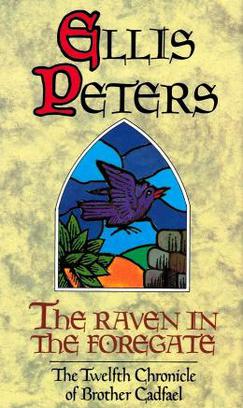
The Raven in the Foregate is a medieval mystery novel by Ellis Peters, fourth of the novels set in 1141, a year of great political tumult in the Anarchy. It is 12th of The Cadfael Chronicles, and first published in 1986.
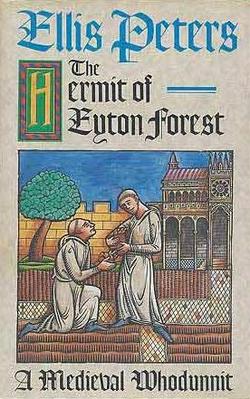
The Hermit of Eyton Forest is a medieval mystery novel by Ellis Peters, set in the autumn of 1142. It is the 14th novel in the Cadfael Chronicles and was first published in 1987.
Brian fitz Count was descended from the Breton ducal house, and became an Anglo-Norman noble, holding the lordships of Wallingford and Abergavenny. He was a loyal adherent of Henry I, King of England, and a staunch supporter of his daughter, the Empress Matilda, during the Anarchy (1135–1153).

Josce de Dinan was an Anglo-Norman nobleman who lived during and after the civil war between King Stephen of England and his cousin Matilda over the throne of England. He was a landholder in the Welsh Marches when he was married by Stephen to the widow of Pain fitzJohn, a union that gave Josce control of Ludlow Castle. Control of the castle was contested by other noblemen, and the resulting warfare between the nobles forms the background to a late medieval romance known as Fouke le Fitz Waryn, which is mainly concerned with the actions of Josce's grandson, but also includes some material on Josce's lifetime. Josce eventually lost control of Ludlow and was granted lands in compensation by Matilda and her son, King Henry II of England, who succeeded Stephen in 1154.

The siege of Oxford took place during the Anarchy—a period of civil war following the death of Henry I of England without a male heir—in 1142. Fought between his nephew, Stephen of Blois, and his daughter, the Empress Matilda, who had recently been expelled from her base in Westminster and chosen the City of Oxford as her new headquarters. Oxford by now was effectively a regional capital and important in its own right. It was a well-defended city with both rivers and walls protecting it, and was also strategically important as it was at a crossroads between the north, south-east and west of England, and also not far from London.
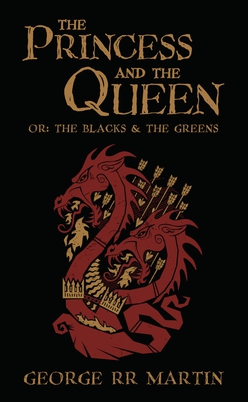
The Princess and the Queen, or, the Blacks and the Greens is an epic fantasy novella by American novelist George R. R. Martin, published in the 2013 Tor Books anthology Dangerous Women. The novella is presented in the form of writings by the fictional historian Archmaester Gyldayn, who is also the "author" of Martin's 2014 novella The Rogue Prince, a direct prequel to The Princess and the Queen. The plot of both The Princess and the Queen and The Rogue Prince is later expanded further in the 2018 novel Fire & Blood, which also spawned a television series in 2022.
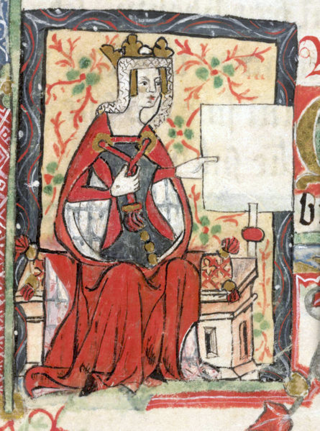
The 12th-century ruler Empress Matilda has been depicted in various cultural media.














